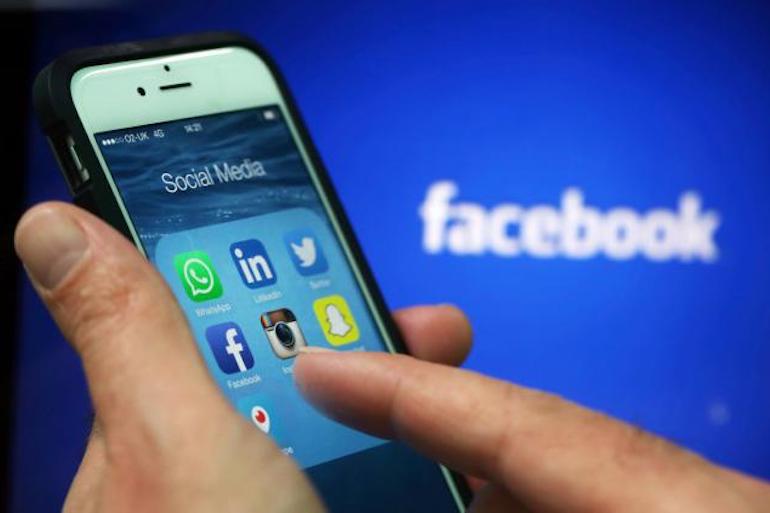
We can all agree that nothing about 2020 has been business as usual. Everything has changed. We have had to reinvent our models; transform our processes; relook at P&Ls and look again; adopt remote working and remote selling and continue to practice remote. Everything has changed.
But certain things have not changed. The importance of creativity, the need for creativity, the belief for creativity as a catalyst for solutions, growth, and connections. The creative process has remained resilient but has had to adopt new ways to survive, as remote working and WFH have become widely accepted practices and have certainly impacted our collaboration process and the culture that should hold it together.
Having a culture of collaboration helps organizations maximize employee knowledge and its support capabilities. Ideas and information spread more easily when employees collaborate across functional and departmental lines, which has a positive impact on company performance. Research studies on institution productivity also show that companies with a collaborative culture are over 5-6 times more likely to be high-performing than companies that don’t have one. So when creative collaboration is hindered because of today’s realities, so does company productivity. And it’s not by accident that some have flourished, and some have perished.
The ones have been able to pivot successfully have ensured that their collaborative culture remains regular and deliberate, embedded into processes of how their people do their work every day and into the attitudes they adopt about their role.
Successful companies that have managed to cope with the pressures of Covid-19 have not been unclear about their expectations; they have not had a lack of follow-through, and their employees have shown a willingness to co-create and collaborate.
Based on proven evidence, successful companies around us have done certain things well – starting with a belief that none of us is as smart as all of us, as the saying goes.
So:
Always communicate a clear collaborative vision – Collaboration can look different from company to company, so it makes sense to establish your desired behaviors and attributes and what the organization will look like once a culture has taken hold. The vision for a collaborative culture needs to be communicated broadly and be constantly reinforced so that it doesn’t become just a “flavor of the month.”
Always hire for attitude – Not saying skills are not important but attitude will be more beneficial in these times. Without people with the right collaborative attitude to help support and carry the vision efforts, things cannot come to together.
Always give kudos for collaboration efforts- Small wins, big wins; all need to be given praise equally. It’s not the size of the victory; it’s the journey that counts. The more you congratulate, the more your enablers want to be part of it.
Always reward opportunities for collaboration- Collaboration can’t happen if employees aren’t in situations where they need to reach across team lines to accomplish their goals. So, by initiating incentive programs that reward multi-collaboration projects, you will have more cross-functional groups that come together to benefit from each other’s ideas and capabilities.
Always reinforce and revisit- Creating a culture of collaboration, like any important company initiative, doesn’t happen overnight. Continuous monitoring and reinforcement are necessary to ensure sustained behavior change.
Always ask for opinions- Something as simple as asking your people for their opinions could be the invitation they need to offer up their own contributions. If you want employees to collaborate, bring them into the fold.
There are always discussions around investing in tech and platforms that foster collaboration. We are living it every day. But the difference between the good collaborative agencies and the less good is not technology. It’s culture. And there is no software and hardware for culture.
The software is that invisible undercurrent that is weaved into the air that you breathe in the office and feel across the corridors, and the hardware is the people. Any kind of cultural shift in this space is no small undertaking; it takes time and patience. It starts with a small tribe of people who believe and spread the word. With a clear and clean culture, simple vision, strong leaders, the right attitude, and perhaps some tools and experiences that support collaborative behaviors, a culture of creative collaboration will live on.
Everything has changed and nothing is changed is precisely giving respect to this collaborative process and currency called creativity. The world has gone through a renaissance in marketing and business as a whole, and creativity has been its driving force.
It has been said that a collaborative culture is like the wind. It is invisible, yet its effect can be seen and felt. When it is blowing in your direction, it makes for smooth sailing. When it is blowing against you, everything is more difficult.
Henry Ford famously said that coming together is the beginning, staying together is progress, working together is success.
Let’s work together and make 2021 better.






